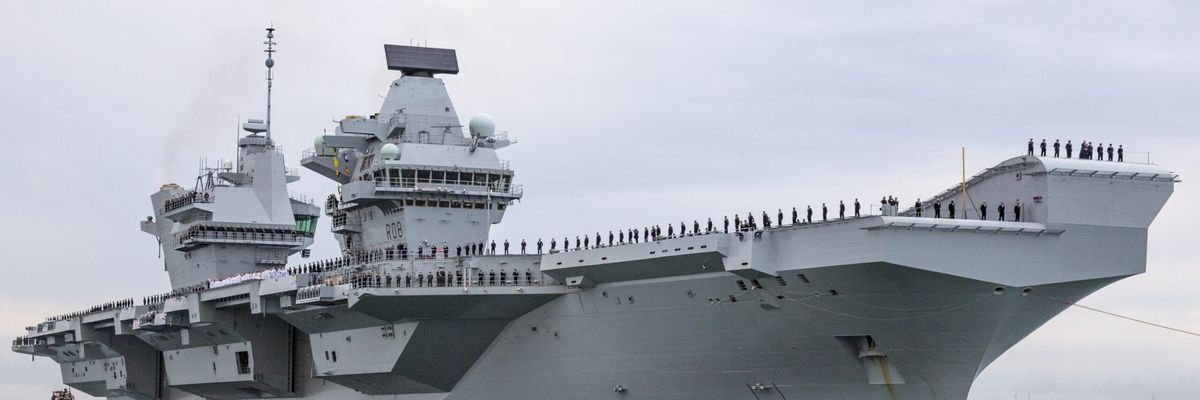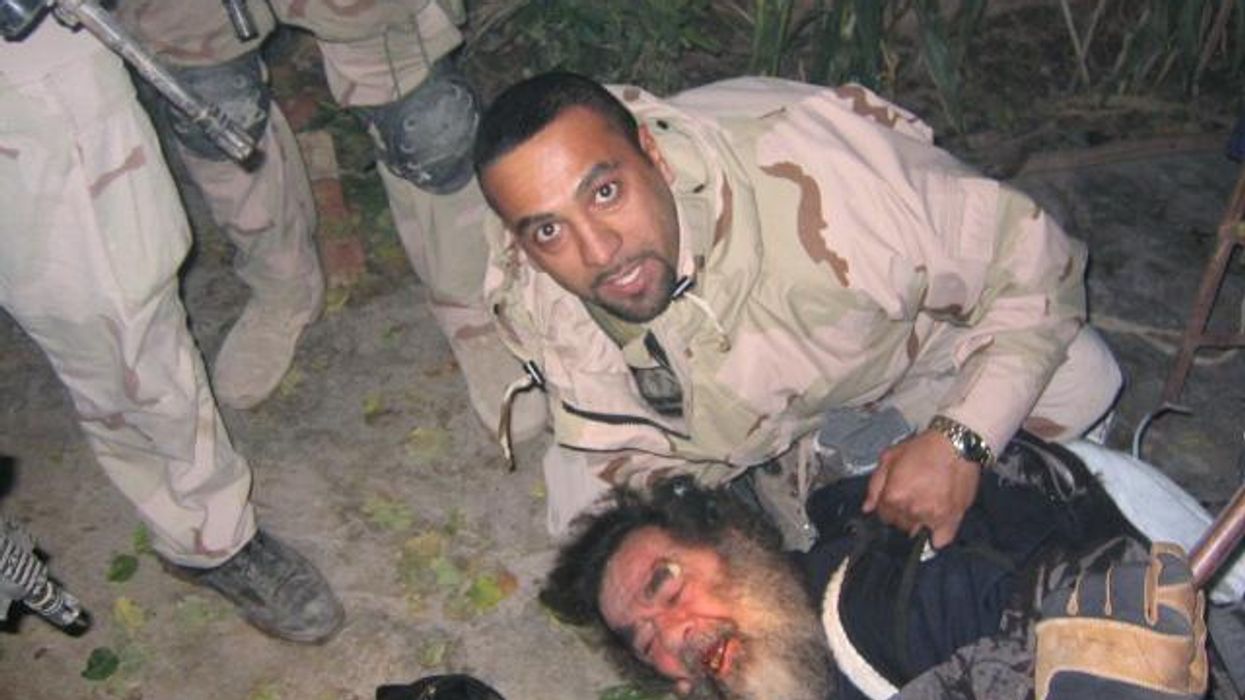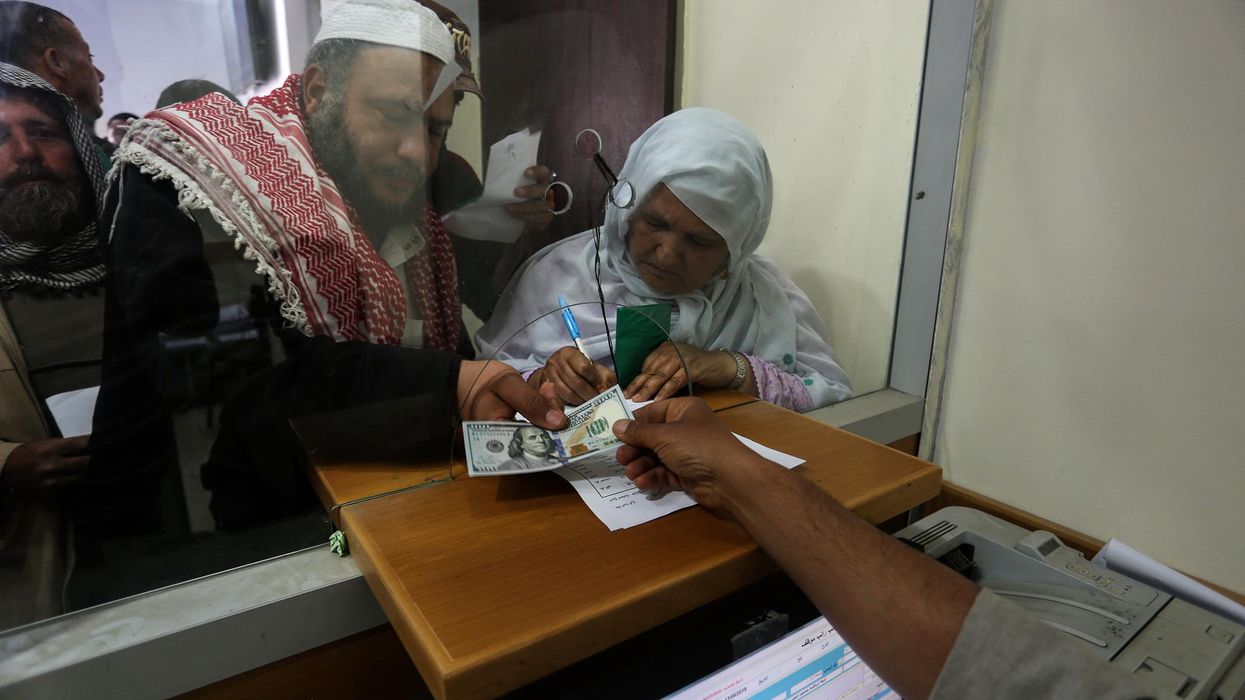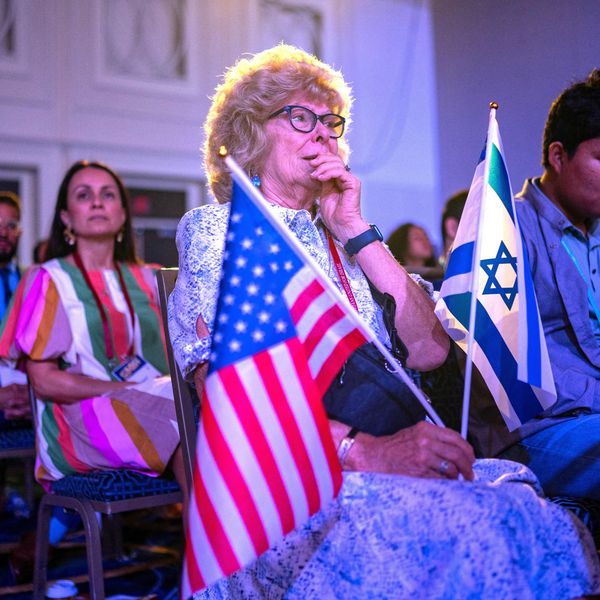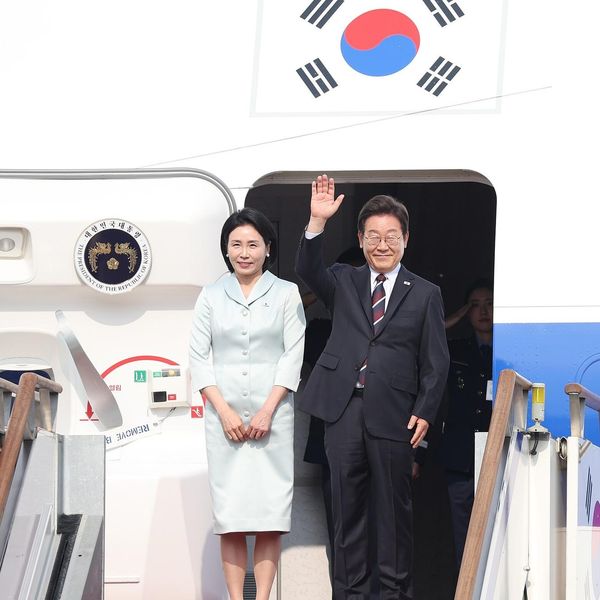While the world’s attention is focused on the Russia-Ukraine conflict, halfway around the world in the Pacific Ocean, U.S. and NATO confrontation with China and North Korea is increasing dramatically.
Ever since the Obama administration’s “Pivot to Asia,” which was created in part to take the spotlight off the decision to surge troops in Afghanistan and Iraq in the failed U.S. war policies in the Middle East, U.S. military naval and air presence in the Western Pacific has been steadily increasing. During the Obama administration, Washington used “freedom of navigation”—an integral part of the Law of the Seas treaty that the United States has failed to ratify—to send large numbers of U.S. naval ships into contested areas in and around the South China Sea. Under the Trump administration, freedom-of-navigation armadas sailed in an even more confrontational manner.
Now, during the Biden administration, NATO countries have joined in the armadas as British, French, and German navies have sent ships to join with U.S. aircraft carrier groups of more than 20 ships. For the first time, the UK’s only aircraft carrier, the Queen Elizabeth, sailed into the Pacific to participate in war maneuvers off the coast of China.
The Trump administration ramped up confrontation with China by sending the highest-ranking U.S. diplomat to visit Taiwan in the history of the 40-year-old U.S. policy of “One China,” according to which Washington does not recognize Taiwan diplomatically. Trump’s actions deeply angered Beijing.
The Biden administration has dramatically increased the number of high-level diplomats visiting Taiwan. Its encouragement of congressional delegations to visit has infuriated the Chinese even more. The Chinese response to U.S. actions has been to send over 50 military aircraft across the narrow Taiwan Strait to the edge of Taiwan’s air defense zone in a show of potential military action.
The confrontation over Taiwan expanded in mid-June 2022. After China claimed that the Strait does not qualify as international waters, that Beijing has sovereignty over the zones extending from both Taiwan’s and China’s shores to the middle of the Strait, the United States said it would not stop conducting military operations there.
Although the United States does not have a defense agreement with it, Taiwan has always purchased U.S. weapons and U.S. military trainers regularly visit Taiwan. President Biden has responded to media questions about the prospect of an invasion by China with statements such as “We will defend Taiwan,” statements that his advisors have had to walk back. Since 2010, the United States has announced more than $23 billion in arms sales to Taiwan. In 2022, U.S. weapons sales to Taiwan so far total $1 billion and are for Patriot missiles and howitzers.
RIMPAC War Games
Adding to the tensions in the region, NATO countries and “partners” are joining the massive Rim of the Pacific (RIMPAC) naval war exercises. Held every two years since 1971, 2022 RIMPAC will feature 38 ships from 26 countries, four submarines, 170 aircraft, and 25,000 military personnel practicing naval war maneuvers in the Hawaiian waters from June 29 to August 4. Additionally, ground units from nine countries will come ashore on the islands of Hawai’i in amphibious landings.
Forty-five percent of RIMPAC participants are either in NATO or have NATO ties. Eight of the 26 RIMPAC countries are NATO members—Canada, Colombia, Denmark, France, Germany, the Netherlands, the United Kingdom, and the United States. The four other participating countries are Asia-Pacific “partners” of NATO: Australia, Japan, South Korea, and New Zealand. The other countries participating in 2022 RIMPAC are Brunei, Chile, Ecuador, India, Indonesia, Israel, Malaysia, Mexico, Peru, the Republic of the Philippines, Singapore, Sri Lanka, Thailand, and Tonga. With participation of India for the first time in RIMPAC, all four members of the Quad—U.S., Japan, Australia and India—will be war gaming in the Pacific.
In previous RIMPAC war exercises, both China and Russia have been invited to participate, but neither is invited this year. Russia participated in RIMPAC for the first time in 2012, but after issues in Ukraine in 2014, Russia was not invited back, but China did receive a 2014 invitation. China had four ships in RIMPAC in 2014 and five ships in 2016. Congress passed the 2022 National Defense Authorization Act in December, 2021, which included a provision that Taiwan would be invited to participate in future RIMPAC exercises, but ultimately no invitation was extended for the 2022 RIMPAC.
RIMPAC military war exercises have dangerous, intended or unintended, consequences that put the Pacific region at ever increasing risk of military confrontation and destruction. Major cities in Asia—Beijing, Shanghai, Hong Kong, Seoul, Tokyo, and Pyongyang— could be destroyed in an exchange of ballistic missiles. The same holds true for major U.S. cities.
Civic Opposition to RIMPAC
Many citizens of the 26 RIMPAC countries do not agree with their country’s participation in the war games, calling them provocative and dangerous for the region.
The Pacific Peace Network, with members from countries/islands across the Pacific including Guåhan, Jeju Island, South Korea, Okinawa, Japan, Philippines, Northern Mariana Islands, Aotearoa (New Zealand), Australia, Hawai’i and the United States, demand that RIMPAC be cancelled, calling the naval armada “dangerous, provocative and destructive.”
The network’s petition states that
RIMPAC dramatically contributes to the destruction of the ecology system and aggravation of the climate crisis in the Pacific region. RIMPAC war forces will blow up decommissioned ships with missiles endangering marine mammals such as humpback whales, dolphins and Hawaiian monk seals and polluting the ocean with contaminates from the vessels. Land forces will conduct ground assaults that will tear up beaches where green sea turtles come to breed.
The petition rejects “the massive expenditure of funds on war-making when humanity is suffering from lack of food, water and other life-sustaining elements. Human security is not based on military war drills, but on care for the planet and its inhabitants.”
Other citizen groups in the Pacific region are adding their voices to the call to cancel RIMPAC.
In its statement about RIMPAC, the Hawai’i-based Women’s Voices, Women Speak declared that “RIMPAC causes ecological devastation, colonial violence and gun worship. RIMPAC’s ship sinking, missile testing, and torpedo blasting have destroyed island ecosystems and disturbed sea creatures’ wellbeing. This convening of military personnel promotes toxic masculinity; sex trafficking and violence against local populations.”
In a June 14, 2022 opinion piece in the Honolulu Star Advertiser, the only state-wide newspaper in Hawai’i where the headquarters of the U.S. Indo-Pacific Command is located, three local activists with the Hawai’i Committee for Human Rights in the Philippines wrote:
We are one with the people of Hawaii in opposing the U.S.-led wars, for which Balikatan (US-Philippine ground war maneuvers) and RIMPAC are warmups. As it is, our governments bring together the people of Hawaii and the people of the Philippines to prepare for war, death and destruction. Military posturing in the Asia-Pacific also risks nuclear war and the potential extinction of the human species. We must instead work toward global cooperation to address the threats of climate change and biodiversity loss; to build toward peace, life and coexistence.
The “No to NATO” organization, with membership in all the NATO countries, challenges NATO war policies through public outreach by webinars and community events in the cities where NATO meetings occur, the latest being in June 2022 in Madrid, Spain.
Together, these efforts decry the preparations for war and work instead for a more peaceful world.
This piece originally appeared in Foreign Policy in Focus.

